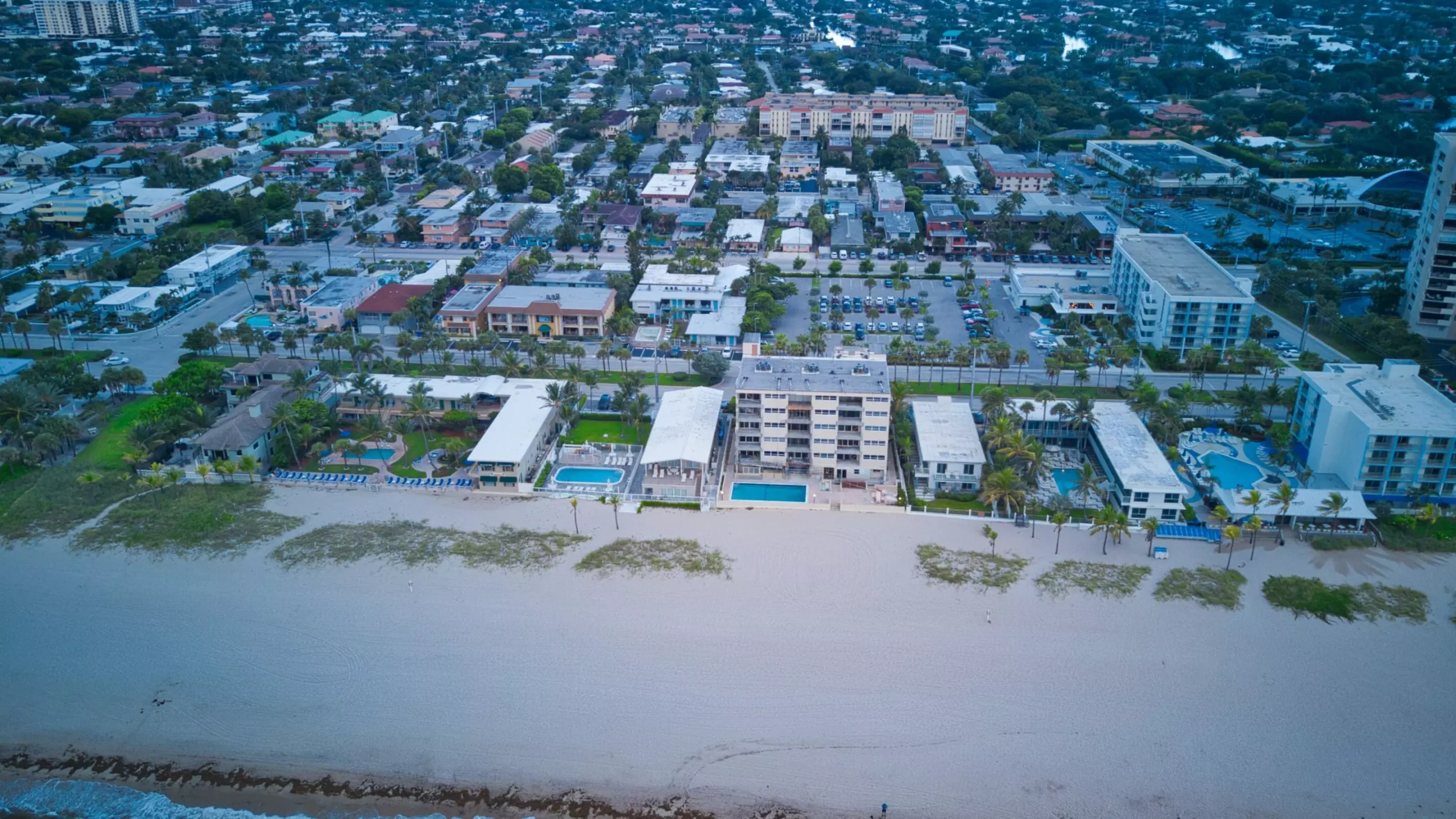As climate change continues to dominate headlines through extreme weather reports and alarming scientific forecasts, our understanding of the implications of melting ice sheets remains critical. Among the many unpredictable outcomes, sea-level rise stands out as a pressing threat, with projections varying widely. A new study led by researchers from Dartmouth College challenges some of the more extreme predictions put forth by the United Nations Intergovernmental Panel on Climate Change (IPCC), particularly regarding the potential collapse of Antarctica’s ice sheets. While this research offers a less catastrophic outlook than previously suggested, it does not dismiss the serious implications of ice loss from polar regions.
The Context of Climate Projections
Climate models have been at the forefront of predictions regarding the future of our planet, with the IPCC’s sixth assessment report presenting various scenarios based on the interplay of several factors, including greenhouse gas emissions and ice sheet dynamics. One alarming scenario suggested that if the southern ice sheets collapsed, the global sea level could potentially rise by an unprecedented 50 feet by the year 2100. This extreme projection captured attention, indicating that significant portions of coastal regions, such as Florida, could become submerged, posing dire risks to infrastructure, ecosystems, and human lives.
However, the firm basis for this dire prediction—known as the Marine Ice Cliff Instability (MICI)—has been called into question by recent research. Researchers argue that while the potential for catastrophic sea-level rise exists, the mechanisms behind these high-end models need to be more accurately understood.
Spotlight on Thwaites Glacier
The focus of the Dartmouth-led study is the Thwaites Glacier, often referred to as the “Doomsday Glacier” due to its rapid melting and the threat it poses to global sea levels. The researchers employed high-resolution models that more accurately simulate the dynamics of ice sheets, examining Thwaites Glacier’s retreat under various scenarios. The findings suggest that contrary to MICI predictions, the glacier is unlikely to experience a catastrophic collapse within this century. By analyzing the glacier’s movement for 100 years following a hypothetical sudden ice shelf collapse, the researchers concluded that the rate at which the glacier would retreat was overestimated under the MICI framework.
One of the critical contributions of this research is its challenge to the accuracy of high-end projections impacting public policy and urban planning. If planners rely on exaggerated sea-level rise scenarios, they risk implementing measures that may ultimately prove unnecessary or ineffective. According to lead researcher Mathieu Morlighem, the high-end estimates can lead to misguided decisions affecting communities along the coast. While he acknowledges that ice loss will continue—driven by known instabilities—the study advocates for more accurate modeling to inform effective solutions that consider real physics and dynamics of ice behavior.
In scrutinizing the MICI framework, the Dartmouth team found that the physical processes driving ice sheet dynamics are not as linear or rapid as previously thought. While cliff collapse due to the height of ice formations is accepted, the speed of these processes has been overexaggerated. As Thwaites Glacier moves toward the ocean, it draws ice from interior portions of the glacier, preventing the rapid retreat previously suggested. Instead, the findings indicate that the glacier will thin and expand outward rather than retreating inland at alarming rates.
While this latest study calls into question the particular scenario proposed by MICI, it does not discount the need for vigilance. Other established models, such as the Marine Ice Sheet Instability (MISI), still warrant attention and continue to play a crucial role in understanding the dynamics of ice loss. The working consensus within the scientific community remains that polar ice sheets are vulnerable to melting, but the speed and extremity of projections demand a more nuanced perspective.
The ongoing research and debates surrounding Antarctica’s ice sheets serve as a reminder of the complexities and uncertainties inherent in climate science. As Morlighem emphasizes, while extreme predictions can shape policy and planning, they must rest on sound scientific foundations to prepare for the reality of climate change effectively.
The Dartmouth-led study introduces a significant reevaluation of high-stakes climate forecasts, particularly concerning sea-level rise. It emphasizes the necessity of grounding projections in robust scientific inquiry while acknowledging the pressing reality of climate change and its impacts. Policymakers and scientists alike must continue to collaborate and refine models to ensure that communities can confidently address the challenges posed by rising seas and other climate-induced phenomena. Understanding the delicate dynamics of ice sheets is critical to navigating the complexities of our warming planet and safeguarding vulnerable populations.


Leave a Reply